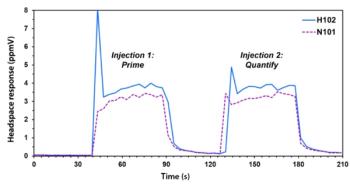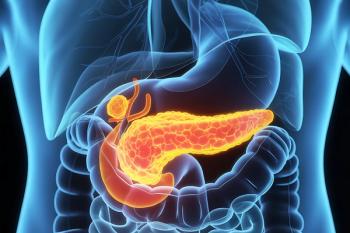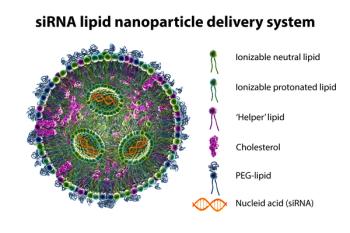
- The Column-11-06-2014
- Volume 10
- Issue 20
HPLC–MS–MS Analysis of Zebrafish Embryos
Scientists from the Helmholtz Centre for Environmental Research in Germany, have developed a high performance liquid chromatography tandem mass spectrometry (HPLC–MS–MS) method to determine the internal concentrations of 34 test compounds in zebrafish (Danio rerio) embryos.
Scientists from the Helmholtz Centre for Environmental Research in Germany, have developed a high performance liquid chromatography tandem mass spectrometry (HPLC–MS–MS) method to determine the internal concentrations of 34 test compounds in zebrafish (Danio rerio) embryos.1
Zebrafish embryos (ZFE) can be used in toxicity tests instead of adult fish to determine the safety level of compounds. It is important to quantify internal concentrations of a compound in ZFE to understand why it exerts an effect or not. Stephan Brox told The Column: “Since the zebrafish embryo has become a well-established model organism in the field of (eco)toxicology, it is important to gain more data on uptake processes and internal concentrations. So far, observed effects on test organisms are often correlated to an external concentration in the exposure medium. However, for a better understanding why a specific compound may or may not exhibit toxic effects, internal concentrations have to be considered too.”
Fertilized eggs were exposed to polar chemicals, such as clofibric acid or metribuzin, and were subsequently extracted using methanol. Extracts were analyzed using HPLC–MS–MS and different internal concentration-time profiles were observed, according to Brox. When asked to comment on the challenges of developing the method, Brox told The Column that the small size of the ZFE and their fast development were challenging because the internal concentrations could be very low. He added: “Furthermore the developing organism may also lead to changing matrix effects during the electrospray ionization process at different life‑stages of the organism. During the method development we considered all these challenges and the presented method is suitable for the determination of internal concentrations at early life-stages of the organism.”
Reference
1. S. Brox et al., Anal. Bioanal. Chem. 406, 4831–4840 (2014).
Articles in this issue
about 11 years ago
Flavour and Fragrance Analysis: Wondrous Vanillaabout 11 years ago
Advances in MS Methods for the Detection of Pesticides in Foodabout 11 years ago
Analyzing Dolphin Breathabout 11 years ago
The Benefits of Okraabout 11 years ago
Advances in Food Testing Using Core–Shell Technologyabout 11 years ago
Successful Food Safety Analysisabout 11 years ago
Vol 10 No 20 The Column November 06, 2014 North American PDFabout 11 years ago
Vol 10 No 20 The Column November 06, 2014 Europe and Asia PDFNewsletter
Join the global community of analytical scientists who trust LCGC for insights on the latest techniques, trends, and expert solutions in chromatography.





